Boston Children's Museum
308 Congress Street, Boston, MA 02210
617-426-6500
© Boston Children’s Museum 2025
Website Design by Jackrabbit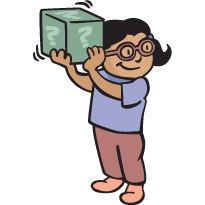
Children’s bodies are undergoing constant change. By getting to know their own bodies better, these changes can be less mysterious. Children who are in tune with their own bodies can use all of their senses as tools as they explore and try to understand the world around them. This activity helps children learn more about their sense of hearing.
VIEW ACTIVITY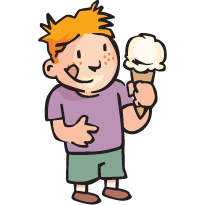
Cooking activities are great for teaching kids how to use measurement tools, giving them a chance to apply math skills like counting, adding, multiplying, etc. In addition, when you give them a chance to design their own recipe, children have to rely on estimation, problem solving and other critical science, math and engineering skills.
VIEW ACTIVITY
An important part of experimentation and design activities is knowing how to manipulate “variables”. Variables are things you can change about a design or an experiment that will change the outcome of that design or experiment. In the first Ice Cream Science activity, no “variables” were changed, but the amount of sugar, vanilla or cream could have been altered and the flavor of the ice cream would probably have changed. Each of these ingredients is a variable. The kind of milk or cream used could also be a variable—making one batch of ice cream with milk and another with cream might yield two different results. In this activity, students will experiment with a very important variable—the ice used to freeze the ice cream.
VIEW ACTIVITY
Now that children have a hang of the process, it’s time to let their creativity loose. This is an open-ended activity, where children will create their own ice cream recipes, using any ingredients they would like. They will then name their new ice cream recipe and create a print “advertisement” for it. This activity is a great opportunity for you to assess what your students learned last time—do they understand the process? How much of each ingredient should they add to get just the right flavor, color or sweetness?
VIEW ACTIVITY
Now that students have played with ice and salt as variables, you can try a new way of making ice cream. While the Ziploc bag method works, the results are usually more slush than ice cream. Try using the method described below for an even better ice cream making experience. You can also introduce some new variables to your students—different ingredients!
VIEW ACTIVITY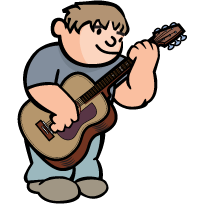
Some concepts can be tougher for children to grasp if they just read or hear about them. When children are engaged in learning by using their own bodies as tools, not only can some concepts be more readily understood, but kids can better get to know their own physiology as well. Sound, waves and vibrations are some of the concepts children will experiment with in this activity.
VIEW ACTIVITY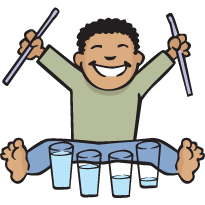
Using small drinking glasses filled with different amounts of water, you can give children direct experience with resonance and vibration as well as musical expression.
VIEW ACTIVITY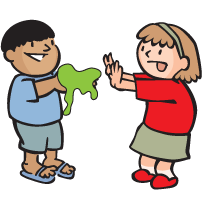
Giving children a chance to play with interesting materials in an open-ended setting allows them to develop observation skills, problem solving skills and methods of experimentation. The material used in this activity, “flubber”, acts in some ways like a liquid and in others like a solid.
VIEW ACTIVITY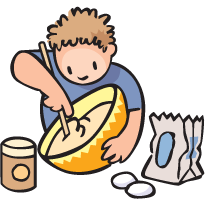
Cooking activities, even simple ones like this, are filled with great learning opportunities. Along with measurement and math skills, kids can develop problem solving and literacy skills as well. Having kids test market their cupcakes is a great way to work on oral and written literacy skills, data collection and analysis, tabulation and distinguishing characteristics of an object.
VIEW ACTIVITY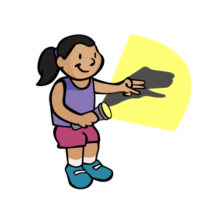
Along with all of the literacy benefits to having children write and act in their own plays, in this activity they will also learn to read, listen to and tell stories; to work effectively and cooperatively in an ensemble; to create a play with a beginning, middle and end based on an original idea; and to plan, improvise and write or record a play that includes the “five W’s”: who, what, where, when, and why. And by introducing children to Chinese shadow puppet history and/or stories, they will grow to understand the visual arts in relation to history and cultures.
VIEW ACTIVITY